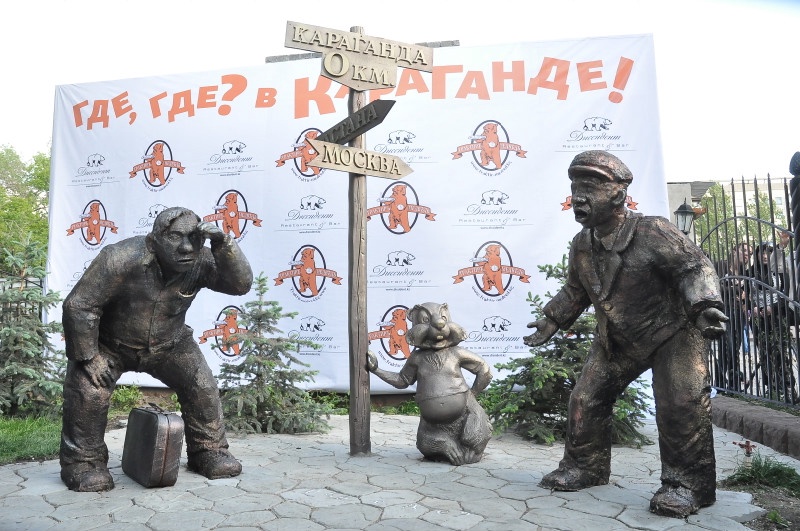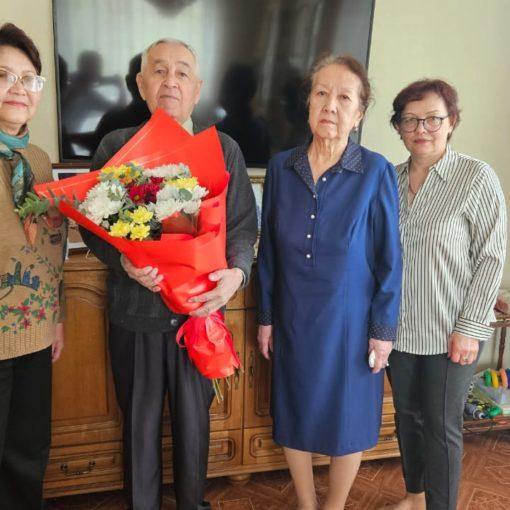We congratulate all the citizens of Karaganda on our birthday!
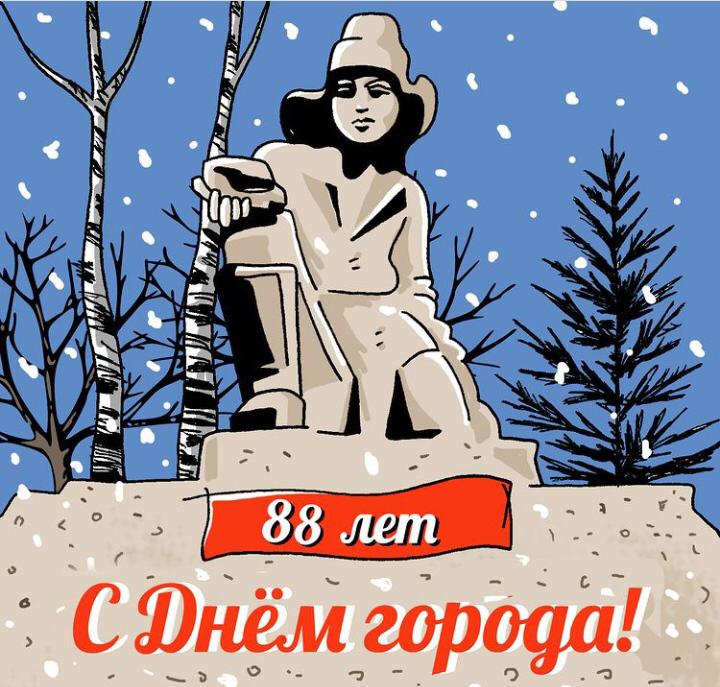
Today our beloved city celebrates 88 years! One more page of history has turned over – it is a period of hard work and achievements of our citizens. The city of Karaganda lives an active life. The image of the city is changing. New houses, new stores, hairdresser’s, clinics, workshops are constantly appearing on the map of the city. The industrial potential of the city is reviving.

We are rightly proud of our city – its glorious history and traditions, modern achievements and main wealth – hardworking, talented and friendly people.
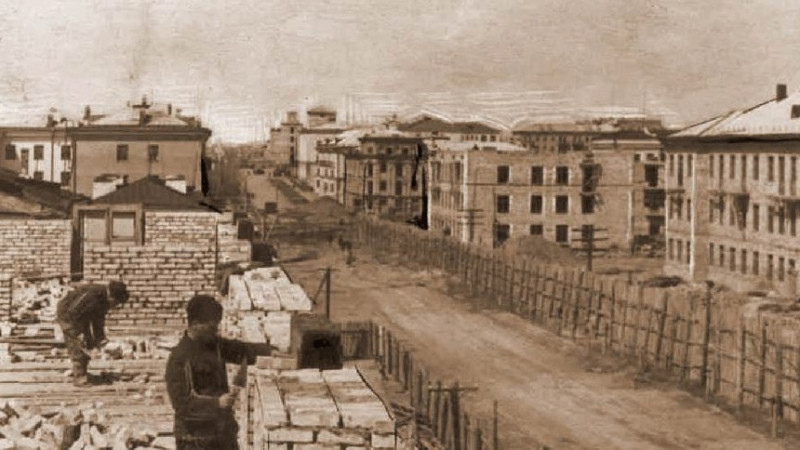
Back in the 19th century there was nothing on the site of the city. There is a legend that in 1833, a shepherd boy Appak Bayzhanov found coal. At the end of the 19th century, first Russian merchants, then French and English businessmen began to mine the coal. The mines worked in the villages Bolshaya Mikhailovka, Tikhonovka, Zelenaya Balka and Novouzenka.
In 1931 a mining settlement Karaganda was transformed into a workers settlement, and in 1934 into the city.
In 1930 was resumed active coal mining and construction of temporary dwellings such as earthen huts for exiled (dispossessed) of the USSR citizens and their families. Then the settlements of Maikuduk, Novaya Tikhonovka and Prishakhtinsky were built, where the bulk of the newly arrived workers and specialists settled. The population also grew significantly in the old settlements.
In 1930 was resumed active coal mining and construction of temporary housing type of earthen huts for exiled (dispossessed) of the USSR citizens and their families. Then the settlements of Maikuduk, Novaya Tikhonovka and Prishakhtinsky were built, where the bulk of the newly arrived workers and specialists settled. The population also grew significantly in the old settlements.
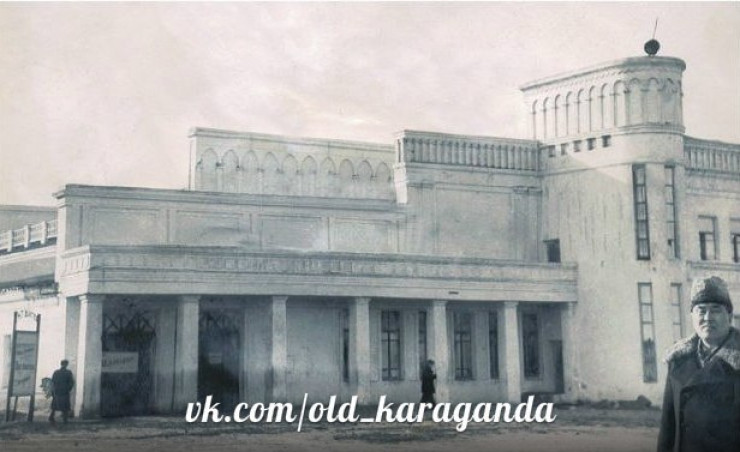
March 20, 1931 KazCEC decided to establish the Working Council of Karaganda with the independent budget, directly subordinate to the KazCEC. Its center was in the village of Bolshaya Mikhailovka, which later joined the city. In 1931 the miners’ settlement Karaganda was transformed into a workers’ settlement, and in 1934 into the town.
Throughout its history Karaganda was being built up systematically and orderly, in accordance with the general plan and projects of Karagandagiproshakht and other institutions. Well-trained architects and designers worked on the projects.
Moscow architects developed the first general plan of the city (1934-1938) under the guidance of Alexander Ivanovich Kuznetsov, the famous architect and urban planner, whose projects were built more than one city in the Soviet Union. The new city was designed for 300 thousand people. The system of public centers in combination with the rectangular organization of traffic arteries and the mutual arrangement of functional zones was successfully solved. The city was supposed to become cozy and “co-sized to a man”.
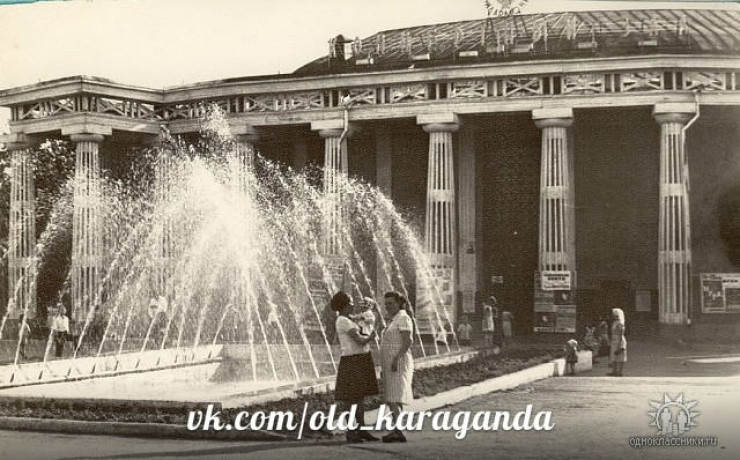
By the end of the 1960s, the population of Karaganda was already more than 300 thousand. Architects and town planners realized that a new master plan for at least 600 thousand people was needed. The main idea of the new master plan was to create a single city combining the Old and the New. The southeastern district of Karaganda, where intensive construction began, became the place where the modern center of the city was formed.
The 1960s-1970s was a time marked by Soviet urbanism as “panel construction”. One of the advantages of Karaganda over other cities in the Soviet Union is that talented architects, including Stanislav Mordvintsev (an honored architect and winner of the State Prize of the Republic of Kazakhstan),[8] made the panel buildings “twist” and play with color.
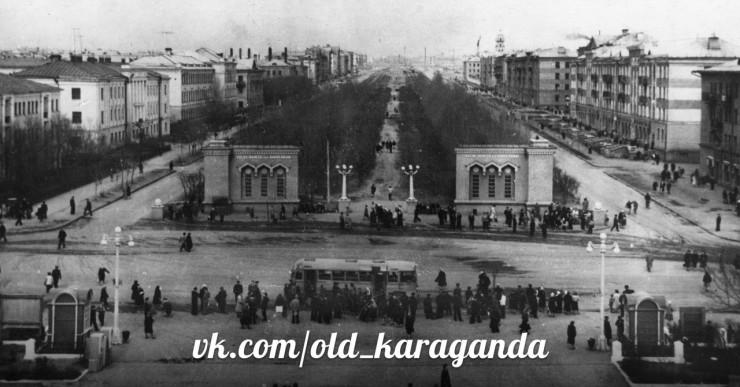
In the 1980s, the population of Karaganda was already more than 600 thousand people. The city itself also grew rapidly. New microdistricts appeared which became the “testing ground” for new city-planning ideas. Architects and urban planners managed to create a bright ensemble of different in configuration and number of storeys of houses. At this time, an active construction of cultural monuments and monumental sculptures was taking place. In 1983, a circus was built in Karaganda. This project was criticized by its high cost and pompousness. However, the city authorities insisted and built one of the most magnificent and modern facilities in the republic.
The next decade became for Karaganda, as well as for other cities of Kazakhstan, crisis in all areas of the economy, including the urban development.
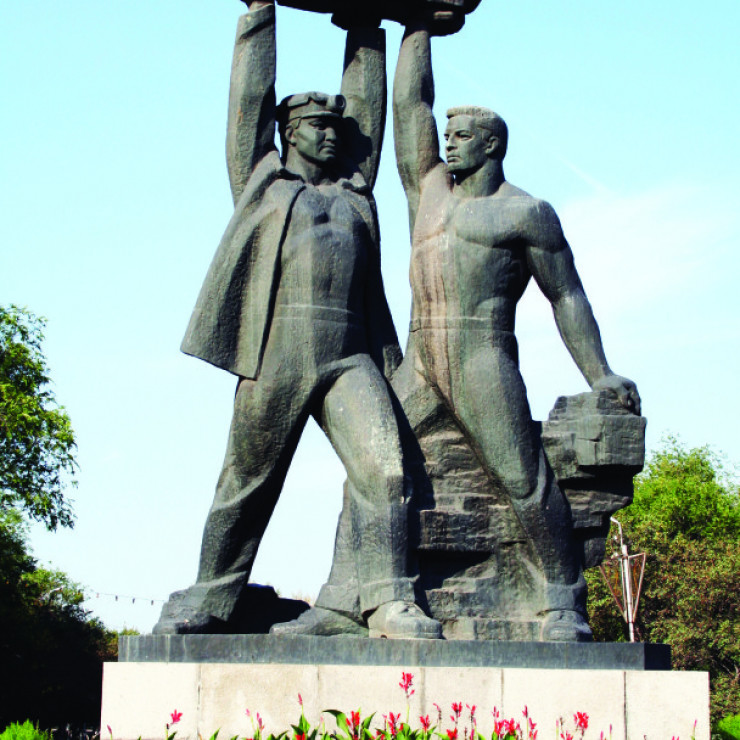
With the beginning of the XXI century, construction in the city again boiled up: the main streets that were provided in the first construction plan of the city are restored, residential houses, cultural and administrative buildings are reconstructed, new shopping centers that meet the rules of modern aesthetics are built, new parks are laid down.
The Ethnopark was built to the 10 anniversary of independence of Kazakhstan: in a small area the landscape of the Karaganda region was reproduced.
May 28, 2011 a monument to the famous catchphrase “Where-where? – In Karaganda!”.
